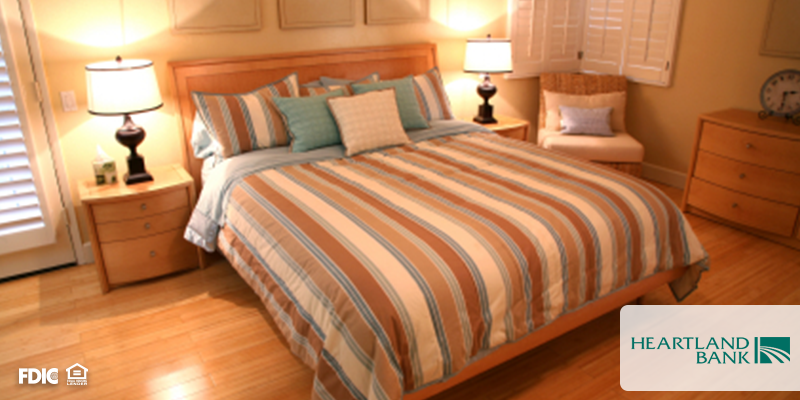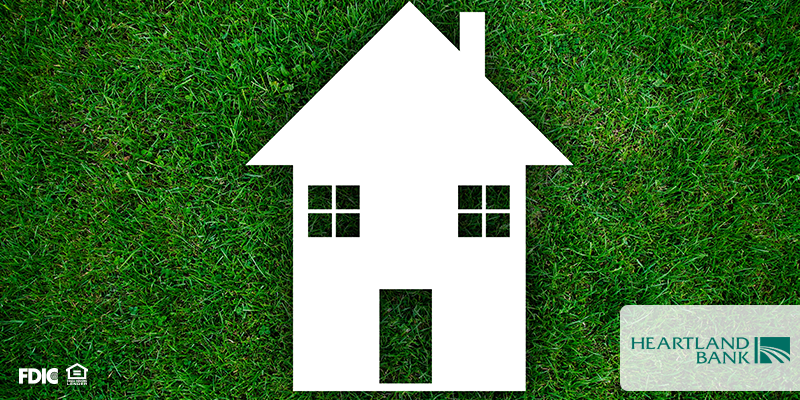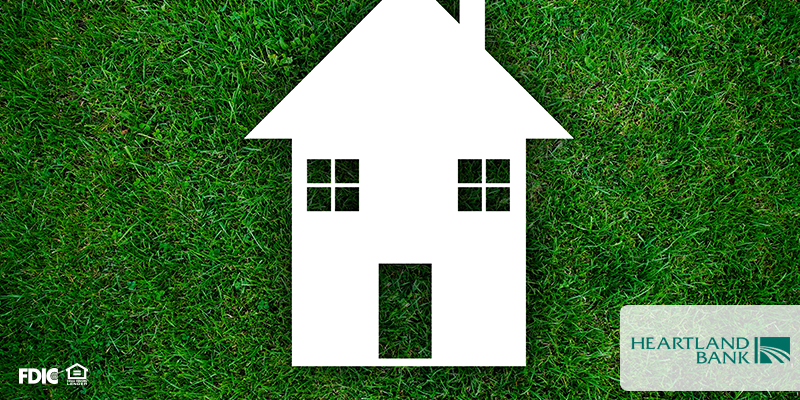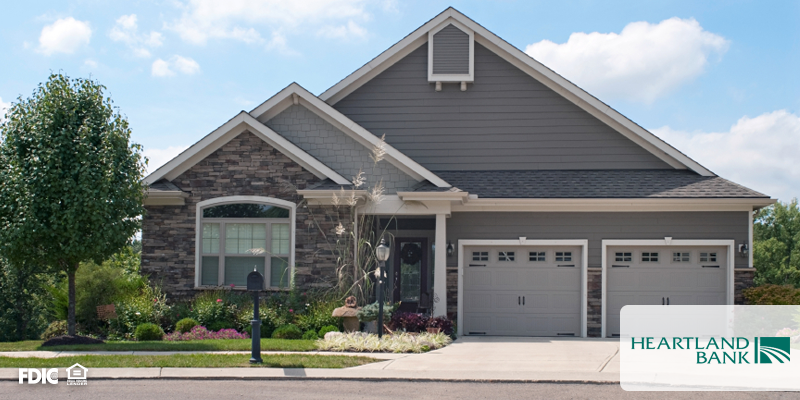
Creating a structured savings plan is one thing that can set apart the financial dreamers from the financial doers! By setting strict guidelines to your goal, and ensuring the correct follow through with a backed up savings plan, you can be certain of your success in accomplishing your future achievement! One of the biggest obstacles in these plans is the unforeseen, and there is a way to manage even that. Using a well-rounded emergency fund can ensure that you don’t dip into saved funds for unexpected costs such as auto repairs, or medical emergencies. Want to get started setting up your emergency fund today? Follow these simple steps and you’ll be on your way to financial success!
- Open a dedicated savings account.
- Deposit Funds each month without withdrawing anything.
- Start by saving $1000.
– Next save 3 months’ worth of income and expenses.
– Finally maintain 6 months’ worth of income and expenses.
The reason you have this fund is simple, to prepare for the unprepareable. Whether it’s an unanticipated job loss, a costly home repair, or other unplanned expenses, your emergency fund can help you stay afloat when the waters get rough.
The main objective of this account is to have it work for you and your needs! By specifically determining what you define as an emergency (job loss, vet bills, auto repairs) and what doesn’t (last minute birthday gift, broken TV, new clothes) you can generate a structured list to know when you feel safe using those funds, and when perhaps its best to leave them untouched. The idea of the emergency fund is to have it when you need it. By gaining access easily via checkbook or debit card, you can make use the account more quickly when the unexpected strikes.
By generating your own emergency fund you can continue to save for milestones and pay bills, without worrying about the what if’s that lie along the road to the future. Get started with your emergency account today at Heartland Bank, we’ll help you get to your next savings goal!










